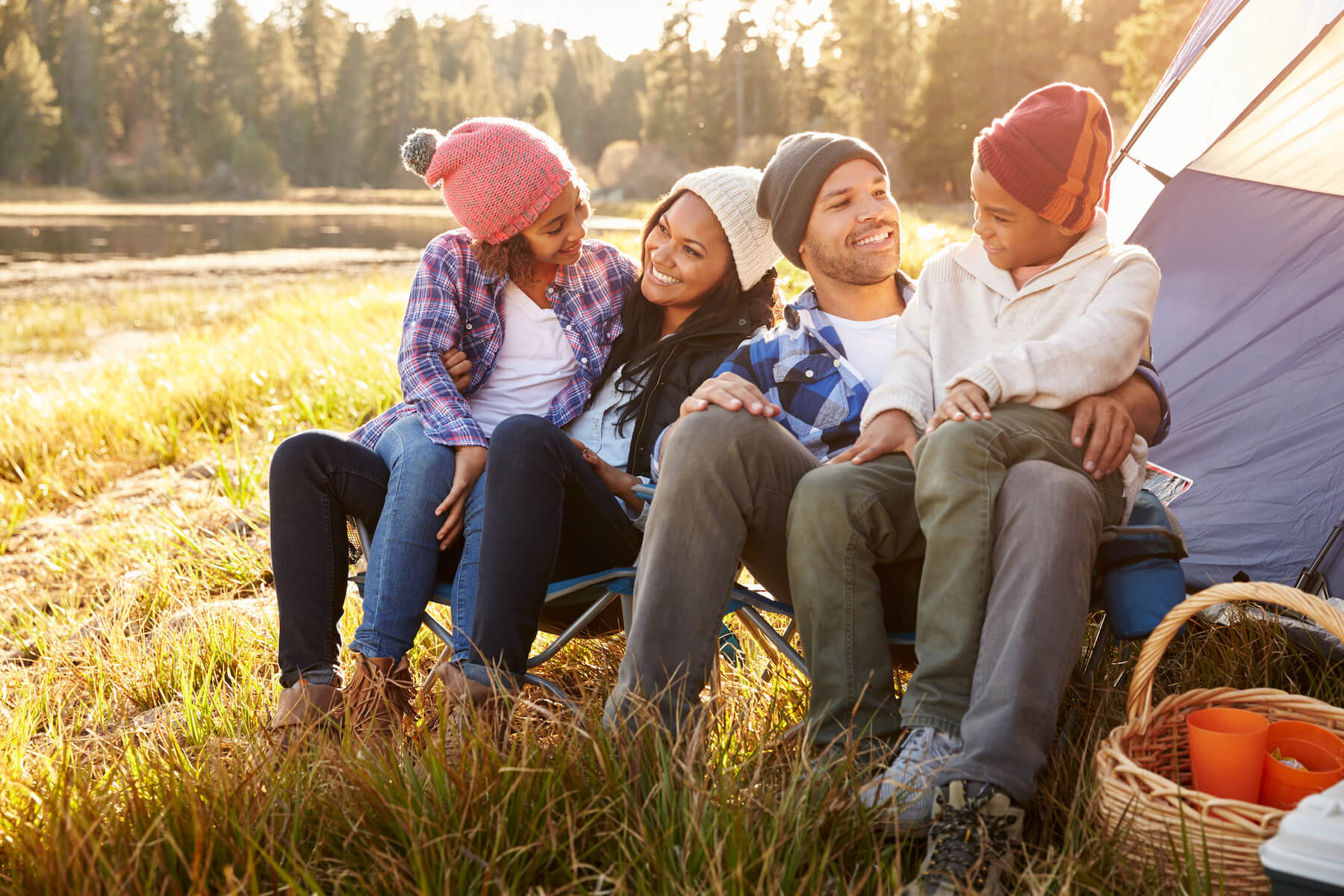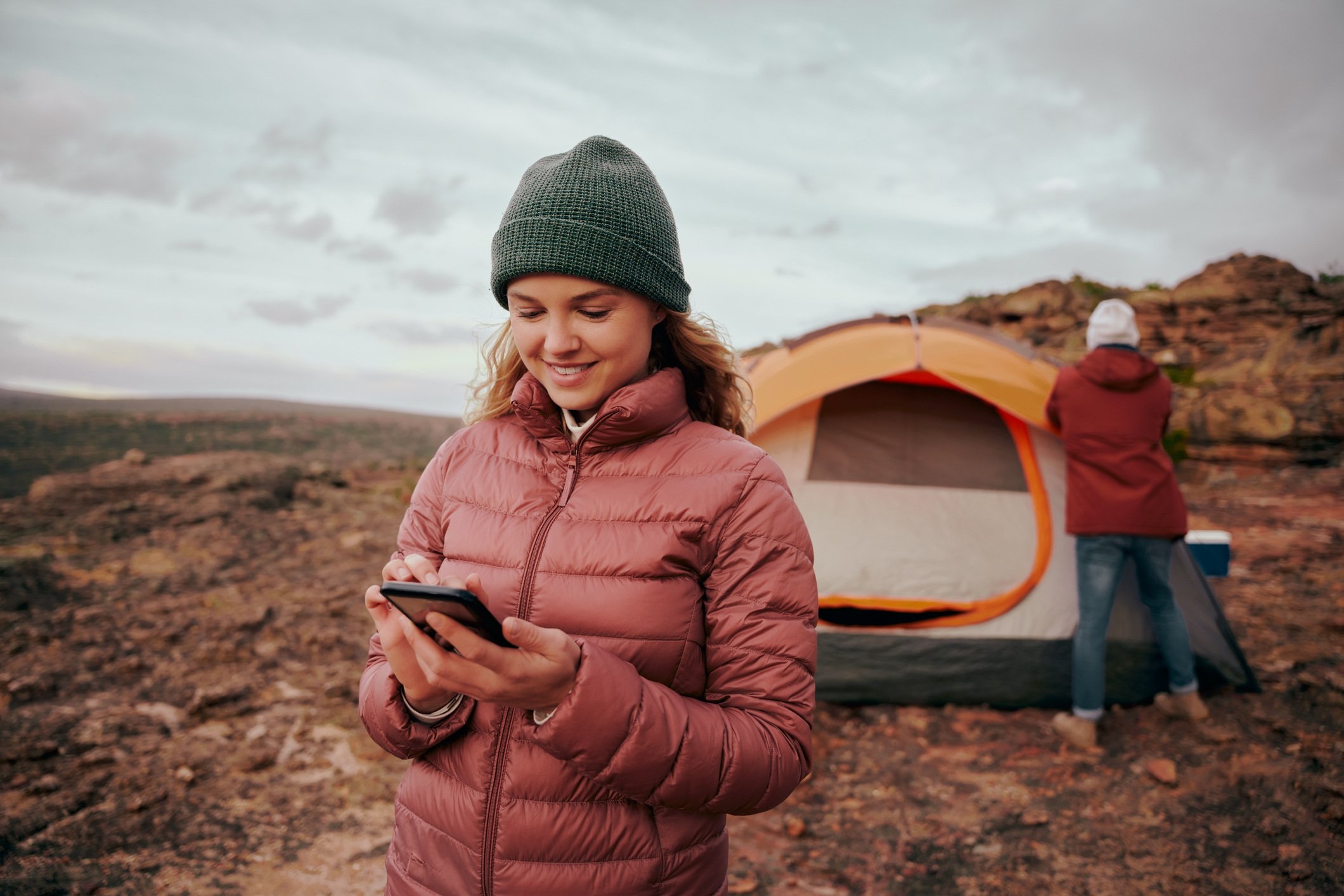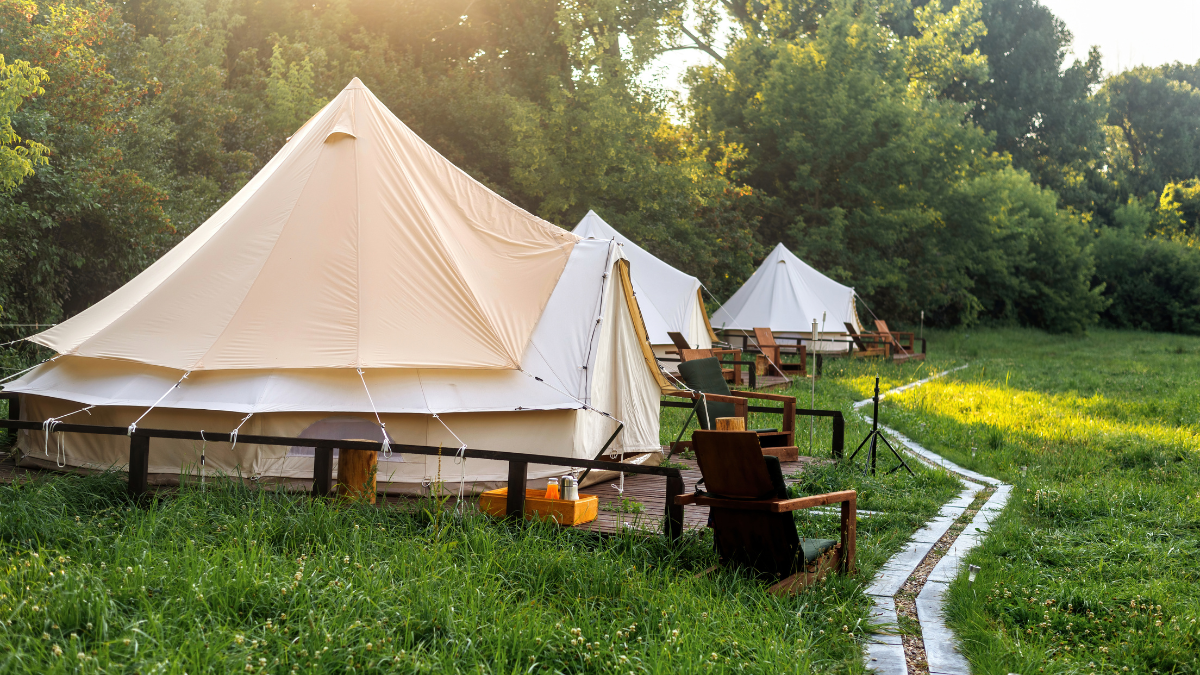To provide a memorable and enjoyable camping experience, campground managers must keep up with the latest trends and accommodations for their guests. However, there’s no “one-tent-fits-all” approach to this when campers of all generations have their own needs and preferences.
Adopting a multigenerational approach to your campsite can ensure Gen Zers, millennials, and baby boomers alike are accommodated and your business operations are streamlined for fewer problems. Below, we’ll discuss the latest trends and how to attract all campers to your campground.
Accommodating Gen Z
Generation Z consists of those born between 1997 and 2012. This younger generation — also called Zoomers — has shown more interest in camping post-pandemic. What’s interesting about this generation is that they have started to show less interest in access to WiFi while camping than other generations.
Additionally, 43% of Zoomers are likely to camp with their friends, which is higher than any other generation. To accommodate these social butterflies, consider offering:
- Pet-friendly campsites
- Group discounts and loyalty programs
- Instagrammable settings and spaces
- Equipment rentals
- Partnering with local food trucks and other companies
- Hosting socials and fun events
Attracting Millennials
Millennials — born between 1981 and 1996 — share Gen Z’s preference for camping in large groups of friends and family. This generation is active on social media and may appreciate access to WiFi so they can share their camping experiences. They may wish to work while camping, which could impact their campsite selection and requested amenities.
To accommodate these hard workers, consider offering:
- WiFi upgrade packages for faster speeds
- Covered patios and areas for working
- Family-centered activities and events
- Self-check-in and reservation management
Baby Boomer Travel Trends
Many businesses in the hospitality industry have a marketing strategy that focuses on the preferences of the millennial traveler. However, it’s important to remember that a significant group of vacationers are of the baby boomer generation.
Baby boomers — born between 1946 and 1964 — are the original backpackers, and their generation embodies the spirit of traditional camping. As a result, they have influenced their families of subsequent generations to camp with them.
To accommodate these seasoned campers, consider offering:
- Small group camping accommodations
- Nature-based activities such as hiking, bird watching, or edible plant identification
- Packages created with local business that create opportunities to explore and experience the local community
- Active leisure activities like swimming, pickleball, or tennis
- Secluded locations for rest and relaxation in the great outdoors
Gramping and Glamping
“Gramping” is a new trend in which grandparents — baby boomers — go camping with their children and grandchildren. Although the older generations may be less “plugged-in,” they may still wish to take and share beautiful photos of their family and surroundings while enjoying the outdoors.
“Glamping” is camping without forgoing the comforts of modern society. An eco-lodge, yurt, or other unique accommodation provides some luxury and a fun experience. All generations have some interest in glamping. However, younger generations may be more interested in camping with friends and family, while many baby boomers may still appreciate a couple’s getaway.
Incorporating these generational travel trends into your business strategy can further maximize your bookings and provide personalized experiences to each camper. For example, clear guest communications can inform potential campers and first-time campers of your unique property features and offerings.
Preparing Your Campground for Multi-Generations
Provide a Variety of Activities
Multigenerational vacations, reunions, and getaways are estimated to increase through 2023. Offering a wide variety of activities at your campground means there will be something for everyone. If applicable for your property, consider offering:
- Guided tours
- Volleyball and other outdoor sports
- Movie nights
- Board game rentals
- Hiking
- Bike riding
- Partnered activities with local businesses
You should also encourage your campers to leave feedback on the activities you provide. With their feedback, you can fine-tune your activities to create memorable moments for families, groups, and individual campers of all generations.
Offer Campers Customizable Options
To support a multigenerational campsite and provide the best guest experience, you must offer a personal and customizable experience for your campers. Customization is one of the key generational travel trends because everyone wants to have a say in their stay. For example, older generations may appreciate comfortable cabins, while younger campers may opt for tents and yurts. You can increase your bookings by having multiple options that campers can choose from when making their reservations.
Additionally, robust campground reservation software may have integrations and tools such as interactive maps that allow campers to pick their exact campsite.
Keep Your Staff Up-to-date With Modern Training
Each generation has its own communication preferences to accommodate. For example, Zoomers and millennials may prefer digital communication channels while baby boomers may prefer face-to-face or email communication.
Your staff must be continuously trained to accommodate these generational communication preferences and provide the best experience for your campers. By training your staff to communicate with each generation through their preferred channel, you’ll ensure each camper will leave your camp with a positive experience and a desire to come back another time.
Additionally, trained staff members are more likely to have superior leadership skills, communication methods, and operational expertise, which can lead to growth opportunities for them and your campground.
Stay on Top of Generational Travel Trends
Knowing what each generation expects out of their camping experience can help you prepare your property for success year-round. When you follow the latest camping trends and provide customizable options for your campers, you are communicating to them that their experience is your top priority.
To gain actionable insights on the latest trends in the industry, download our report.




